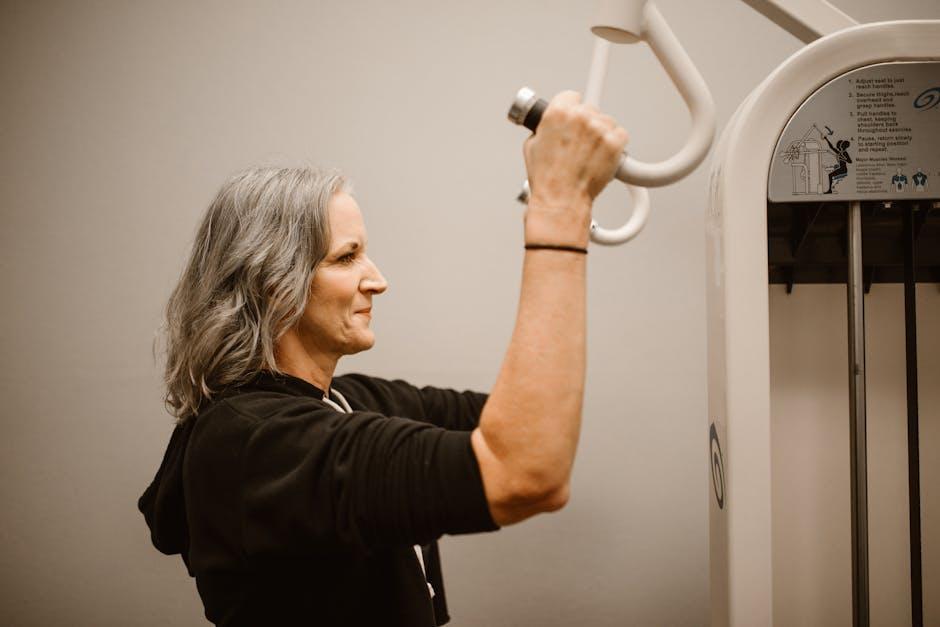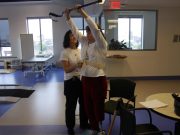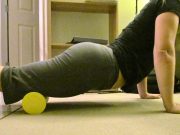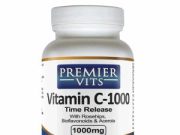As we age, maintaining muscle mass becomes increasingly vital for ensuring not just mobility and strength, but also overall well-being and independence. The natural aging process, unfortunately, brings with it a decline in muscle mass and function, known as sarcopenia, which can impact daily activities and quality of life. However, the good news is that muscle loss is not an inevitable fate. By understanding the best ways to prevent muscle deterioration, older adults can take proactive steps to preserve their strength and vitality. This article will guide you through practical, evidence-based strategies to help maintain muscle health, offering hope and empowerment for a more active and fulfilling life in your golden years. Whether you are an older adult yourself, a caregiver, or a concerned family member, these insights will equip you with the knowledge to support healthier aging.
Understanding Muscle Loss in Aging: Causes and Concerns
Aging gracefully is a universal desire, but the natural decline in muscle mass, known as sarcopenia, can pose significant challenges. Understanding the underlying causes of this condition is crucial to addressing it effectively. One primary factor is the natural decrease in hormone levels, such as testosterone and growth hormone, which play a pivotal role in muscle maintenance. Additionally, physical inactivity and a lack of adequate nutrition can exacerbate muscle loss, creating a cycle that can be hard to break.
Moreover, aging can lead to a reduced ability to synthesize protein, a critical component for muscle repair and growth. Coupled with the body’s increased resistance to insulin, these changes can further hinder muscle preservation. It’s important to recognize the impact of chronic diseases and certain medications, which can also contribute to muscle deterioration. By identifying these concerns, individuals can take proactive steps to mitigate their effects.
| Causes of Muscle Loss | Concerns |
|---|---|
| Hormonal Changes | Reduced muscle strength |
| Physical Inactivity | Increased risk of falls |
| Poor Nutrition | Decreased mobility |
| Chronic Diseases | Higher susceptibility to injuries |
Addressing these issues requires a holistic approach, combining regular strength training, a balanced diet rich in protein, and adequate rest to support recovery. By understanding and confronting the root causes of muscle loss, older adults can maintain their strength and independence, leading to a more vibrant and fulfilling life.

Nutritional Strategies to Support Muscle Health in Seniors
As we age, maintaining muscle health becomes crucial for overall well-being and mobility. One of the most effective ways to support muscle health in seniors is through nutrition. Prioritizing protein intake is essential, as it plays a key role in muscle repair and growth. Older adults should aim to include a variety of protein sources in their diet such as:
- Lean meats like chicken and turkey
- Fish, particularly those rich in omega-3 fatty acids
- Plant-based options like beans, lentils, and tofu
- Dairy products, including Greek yogurt and cottage cheese
- Nuts and seeds
In addition to protein, micronutrients are equally important for muscle maintenance. Vitamins and minerals such as vitamin D, calcium, and magnesium are vital for muscle function and bone health. Here’s a simple guide to ensure adequate intake:
| Nutrient | Sources |
|---|---|
| Vitamin D | Fatty fish, fortified cereals, sunlight |
| Calcium | Leafy greens, dairy products, almonds |
| Magnesium | Whole grains, spinach, bananas |
It’s also beneficial to incorporate antioxidant-rich foods such as berries, nuts, and colorful vegetables to combat inflammation and oxidative stress, which can impact muscle health. Balancing your diet with these nutritional strategies not only supports muscle maintenance but also enhances overall vitality and quality of life for seniors.

Incorporating Effective Exercise Routines for Muscle Maintenance
As we age, maintaining muscle mass becomes increasingly important for overall health and mobility. To combat muscle loss, integrating effective exercise routines into your daily life is crucial. Here are some activities that can help preserve muscle strength and function:
- Resistance Training: Engage in exercises using weights, resistance bands, or body weight to challenge your muscles. Activities like squats, lunges, and push-ups can be modified to suit different fitness levels.
- Flexibility and Balance Exercises: Incorporate stretching routines and balance exercises such as yoga or tai chi. These activities not only enhance muscle function but also reduce the risk of falls.
- Endurance Activities: Low-impact aerobic exercises like walking, swimming, or cycling help maintain cardiovascular health and improve muscle endurance without excessive strain.
Creating a balanced routine that includes a mix of these activities can make a significant difference. For those who prefer a structured approach, here’s a sample weekly plan:
| Day | Activity |
|---|---|
| Monday | Resistance Training (Upper Body) |
| Wednesday | Endurance Activity (30-minute Walk) |
| Friday | Resistance Training (Lower Body) |
| Sunday | Flexibility and Balance Exercises |
Remember, consistency is key. Start with short sessions and gradually increase intensity and duration as your strength and endurance improve. Consult with a healthcare provider or a fitness professional to tailor a plan that meets your specific needs and capabilities.

Lifestyle Adjustments and Tips for Long-term Muscle Preservation
Maintaining muscle mass as we age is crucial for overall health and mobility. Here are some actionable strategies to incorporate into daily life:
- Regular Strength Training: Engaging in resistance exercises at least two to three times a week can significantly help in preserving muscle mass. Activities like weight lifting, body-weight exercises, or resistance band workouts are effective options.
- Protein-Rich Diet: Ensure your diet includes adequate protein, as it plays a vital role in muscle repair and growth. Foods like lean meats, fish, eggs, dairy products, legumes, and nuts should be staples in your meals.
- Stay Hydrated: Water is essential for muscle function and overall energy levels. Aim for at least 8 glasses a day, adjusting based on activity level and climate.
In addition to exercise and nutrition, lifestyle choices also play a pivotal role:
| Habit | Benefit |
|---|---|
| Quality Sleep | Facilitates muscle recovery and growth |
| Stress Management | Prevents muscle breakdown due to stress hormones |
| Consistent Activity | Maintains muscle function and flexibility |
Remember, small, consistent changes in lifestyle can have a profound impact on maintaining muscle health. It’s about creating a balanced routine that fits your lifestyle and goals.








































